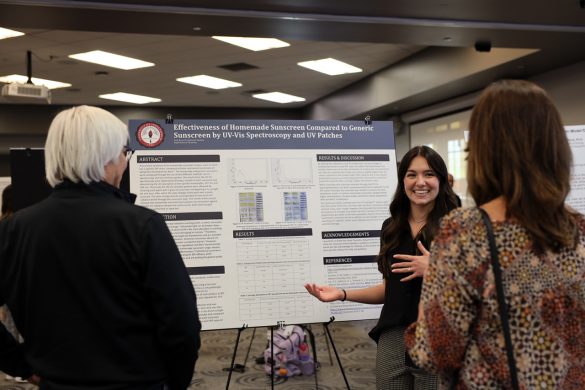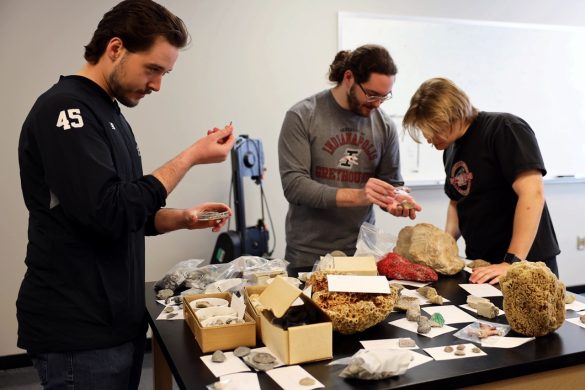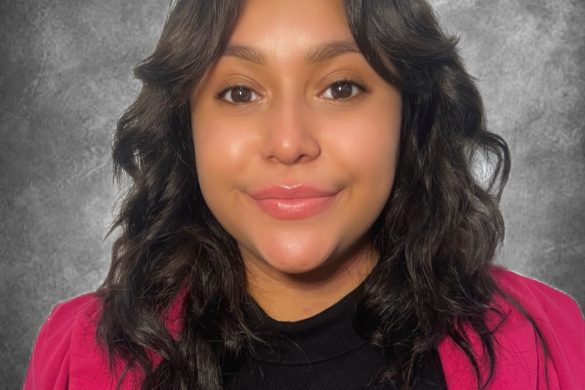In his book “Why We Can’t Wait,” Martin Luther King Jr. wrote, “We sing the freedom songs today for the same reason the slaves sang them, because we too are in bondage and the songs add hope to our determination that ‘We shall overcome, Black and white together, We shall overcome someday.’”
On Wednesday, Feb. 12, Associate Professor of History and Political Science Edward Frantz presented “The Message Is in the Music: African American History, Popular Music & the Civil Rights Movement” on campus. The presentation, sponsored by the Black Student Association, was based on Frantz’s former spring term course. It highlighted the music of ’63 and ’64 that occurred during the civil rights movement.
Frantz, also Director of the Institute for Civic Leadership and the Mayoral Archives, believes that the music of the early to mid 60s has endured and is just as powerful now as it was 50 years ago because it was politically charged.
The night began with a focus on the March on Washington and how music and musicians played a large part in bringing the crowd together. Frantz told the audience about how elements of gospel were appropriated and how the gospel impulse created a bridge for people to become active in the movement. He also talked about how “The Queen of Gospel,” Mahalia Jackson, influenced Martin Luther King Jr.’s keynote speech during the march.
“That most famous part of the speech was ad-libbed at the urging of a gospel singer who was versed in that key idiom of black music in the black church—call and response,” he said.
The concept of equality brought through music continued as Frantz discussed Stax Records in Memphis, Tenn. According to Frantz, Stax was known for creating what many called a “Blacker” sound, which was created by an integrated house band.
“When you stop to think about crossing those boundaries of making music together in the South, where people get killed for that, it makes it that much more rewarding,” Frantz said.
Continuing to highlight artists such as Sam Cooke, who sang “A Change Is Gonna Come,” and Curtis Mayfield, who sang “Keep on Pushing,” Frantz talked about how musicians brought together the ideas of the social movement. By the end of the evening, the audience had heard many songs that were familiar to them.
Senior graphic design and experience design student and Event Planner for BSA Lauren Rascoe enjoyed learning about the history behind the African American music she grew up with.
“Being able to see the history and why it [music] was important really connected with me,” Rascoe said.
Frantz ended the night by asking students to remember the community, celebrate substance over style and find a place for older generations within the community.
“You have the means at your disposal that Bob Moses, Fannie Lou Hamer and John Lewis would have been in awe of,” Frantz said, speaking about social media and how students can use this new technology to keep making social changes.
Frantz issued this challenge so that students would think about what their generation could do in terms of production and consumption to make the campus community and other communities better reflect their values, hopes and aspirations. It is that type of change, Franz said, “that is the empowering message from the music of the civil rights movement.”







